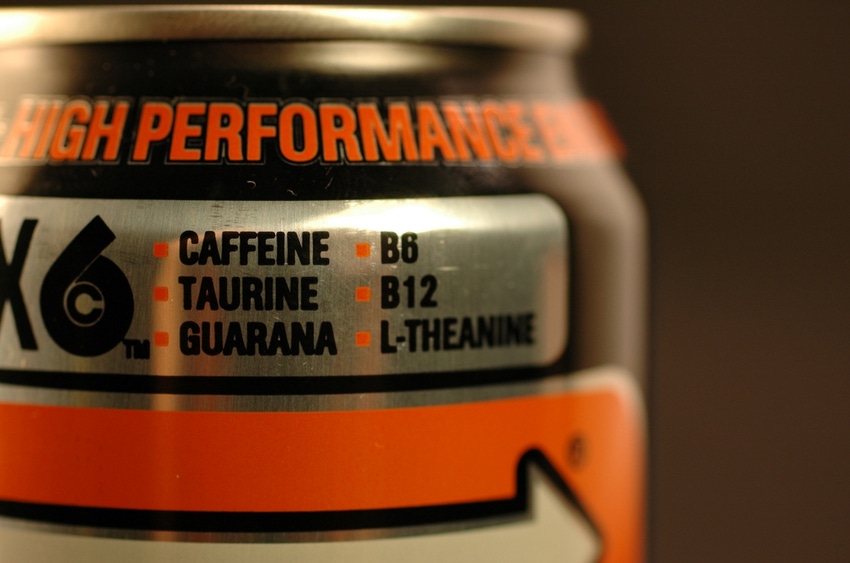FDA package design cues: Beverage…or a dietary supplement?
November 20, 2019

The size, shape, color and design of a package are among the factors that the U.S. Food and Drug Administration (FDA) uses to determine if a beverage is a liquid dietary supplement or a conventional food (albeit a beverage).
In this respect, FDA’s concern is aimed at beverage manufacturers that try to market their products as dietary supplements. As a result, beverage manufacturers and distributors should be cautious when deciding on these factors since, if liquid dietary supplements are considered by FDA to be represented as conventional beverages through their packaging or other means—such as labeling or advertising—they may be considered misbranded and subject to regulatory action, including withdrawal from the marketplace.
After noting an increase in the number of both dietary supplements and beverages on the market, FDA published an industry guidance in January 2014 on how to distinguish liquid dietary supplements from beverages. Read the guidance here.
In the guidance, FDA discusses seven factors that the Agency considers when determining if a liquid product is a conventional beverage or a liquid dietary supplement. These are: (1) labeling and advertising; (2) product name; (3) product packaging; (4) serving size and recommended daily intake; (5) recommendations and directions for use; (6) marketing practices; and (7) composition.
With respect to product packaging, FDA explains that packaging can convey messages about how the product is intended to be used that are indicative as to whether the product should be considered a supplement or a beverage. In addition to size, shape, color and design, FDA also considers the volume of liquid that the package holds, whether it is reclosable, if it is a single-serve size and the similarity of the packaging to that of conventional product packaging.
FDA provides as an example a liquid product packaged in a red, 12-oz, pop-top aluminum can with a silver stripe. Even if this product is labeled as a “cola supplement,” the packaging could lead consumers to believe that the product is a cola-flavored soft drink and, hence, acceptable in FDA’s view. However, other factors, such as listed serving size and recommended daily intake information, could help support a determination that the product is not represented as a conventional drink despite the packaging design.
The idea is to prevent conventional beverages (or foods) from taking advantage of dietary supplement rules.The designation of a liquid product as either a dietary supplement or a conventional food or beverage determines how it is regulated. Ingredients added to conventional products are required to be the subject of a food additive regulation or generally recognized as safe (GRAS).
However, under the Dietary Supplement Health and Education Act of 1994 (DSHEA) manufacturers or distributors of a "new dietary ingredient" (NDI), or of a dietary supplement that contains a NDI, are required to submit a premarket notification to FDA at least 75 days before introducing the supplement into interstate commerce or delivering it for introduction into interstate commerce. That is, unless the NDI and any other dietary ingredients in the dietary supplement "have been present in the food supply as an article used for food in a form in which the food has not been chemically altered."
Moreover, dietary ingredients used prior to July 1994 are not considered NDIs, and may be used without further clearance or approval. (Of course, other ingredients added to supplements which are not dietary ingredients must still comply with the food additive regulatory requirements, be considered GRAS or otherwise exempt from the food additive clearance requirements. Read the guidance at www.pdlinks.com/GRASguidance)
Bottom line: Don’t get caught as a “tweener,” that is, between a supplement and a conventional product. Know what you are marketing and why. Then ensure that all regulatory requirements are met for the product that is intended to be marketed, and that the agency will not perceive the product as being marketed as something that it is not. Like most things, sometimes that is easier said than done.
Author George Misko is partner at Keller and Heckman. Founded in 1962, the respected law firm has a broad practice in the areas of regulatory law, litigation and business transactions, serving both domestic and international clients. Reach him at [email protected].
About the Author(s)
You May Also Like


